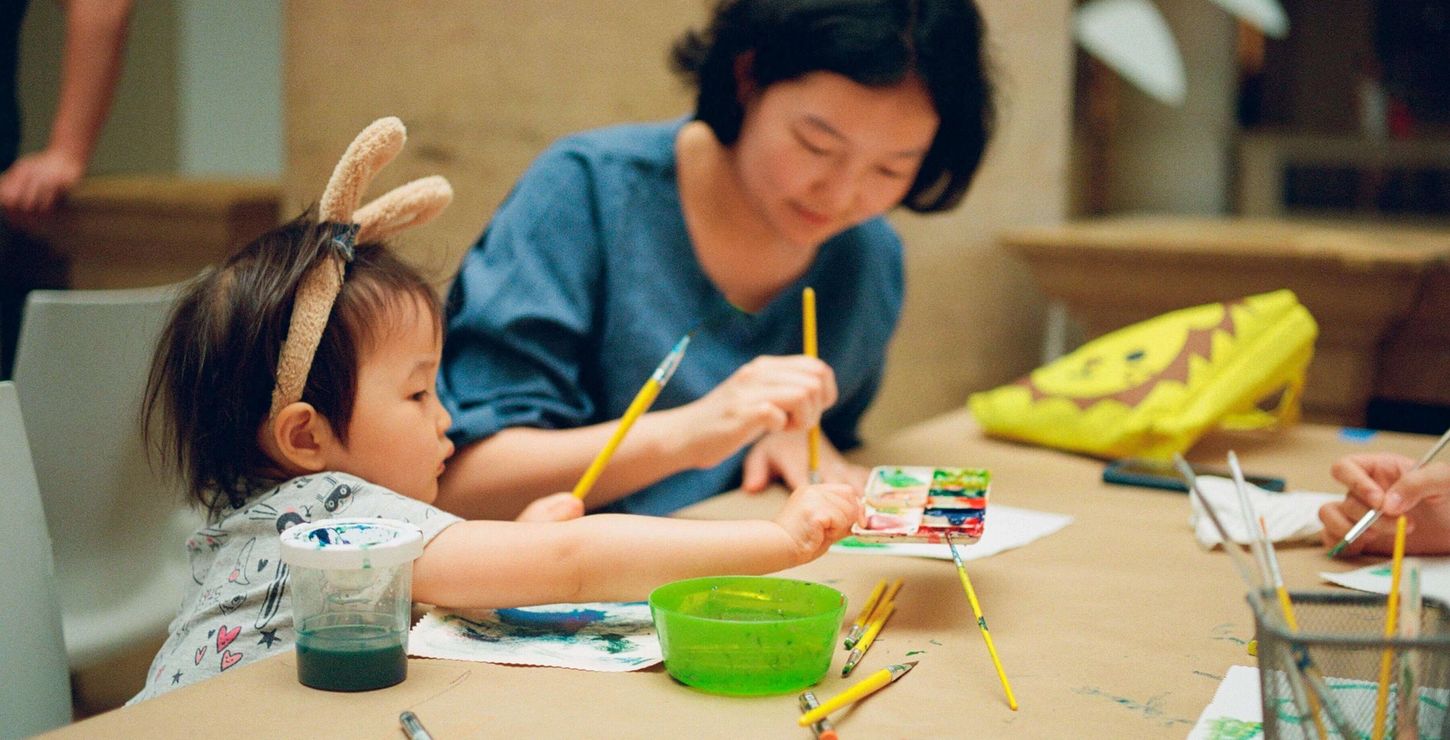South Vaulted Walkway
Main Building

Photo by Elizabeth Leitzell. © Philadelphia Museum of Art
Explore the relationship between artists and nature, with inspiration from the special exhibition Oneness: Nature & Connectivity in Chinese Art.
10:00 a.m.–3:00 p.m.
South Vaulted Walkway, ground floor
Create winding waterways with oil pastels and watercolor.
10:30 a.m.–11:30 a.m.
Gallery 321, third floor
Discover the magical growing process of a seed in this ten-minute gallery adventure led by dancing gardeners from Dirtbaby Farm. Space is limited, so breeze through like a maple seed.
1:00 p.m. & 3:00 p.m.
Great Stair Hall, second floor
Unearth the magic of ordinary moments while dancers adventure into seed-like states, growing in unexpected directions, like weeds in a garden. Join agricultural acrobats of Dirtbaby Farm as they water the seeds of their souls and see what sprouts.
11:00 a.m.–2:00 p.m.
Gallery 326, third floor
Find forms that flow freely like rivers in Bingyi’s The Eyes of Chaos. Then sketch organic shapes and designs of your own.
South Vaulted Walkway
Main Building
Check out the variety of events offered by this program, for members and the public alike.